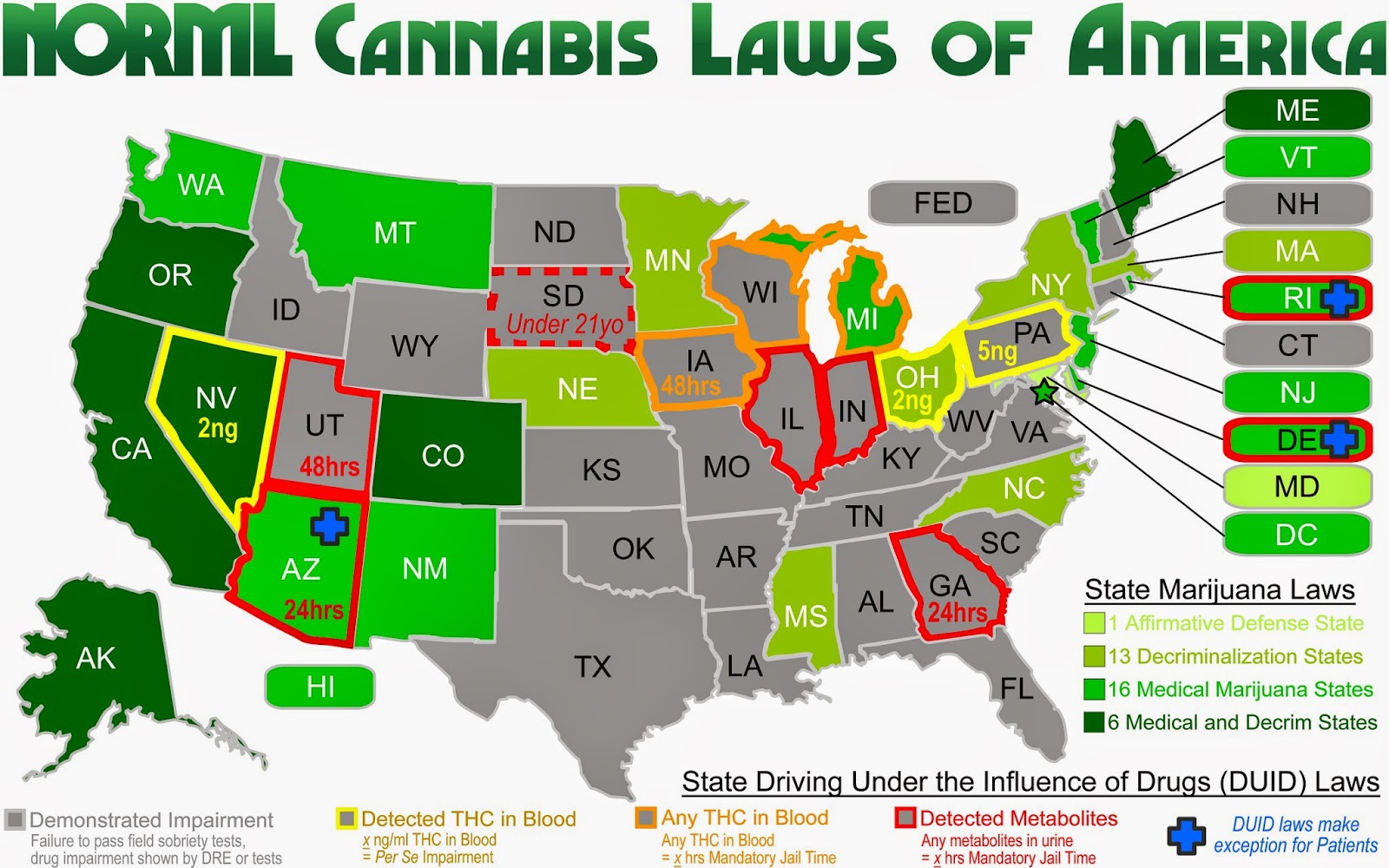Young people who occasionally smoke marijuana may be rewiring their brains, with their pot use causing structural changes to brain regions related to motivation, emotion and reward, a small study says.
Recreational pot use by a small group of young adults caused significant changes to the shape and density of both the nucleus accumbens, a region of the brain involved in reward and addiction, and the amygdala, which helps process emotion and form long-term memories, the study authors reported.
These changes show that pot users' brains adapt to even low-level marijuana exposure, potentially making a person more vulnerable to drug addiction or changing their thought processes and emotions in unknown ways, the researchers said.
These are two brain regions you do not want to mess around with. All parts of the brain are important, but some, like these, are more fundamental. It raises a very serious issue, given that we saw these changes in casual marijuana users.
Previous research had revealed similar changes in brain structure among heavy marijuana users. But this is the first study to show that even casual use of the drug can alter a person's brain, said study lead author Jodi Gilman, a researcher with the Massachusetts General Hospital Center for Addiction Medicine.
Researchers were interested in looking at these young adults who aren't addicted. They aren't reporting any problems from marijuana, and yet we still see these brain changes.
These findings could take on significance as more and more states consider legalizing marijuana, following the example already set by voters in Colorado and Washington.
The earlier the onset of marijuana use in a kid, the worse potential implications you could be seeing.
The researchers just don't know how much is safe. It's not harmless. They don't know the harm, but it's not free from harm.
Paul Armentano, deputy director of the pro-marijuana advocacy group NORML, said such findings also could be used to make the case that marijuana should be legalized and tightly regulated.
He noted that studies also have found adverse health consequences associated with use of alcohol, tobacco and prescription drugs.
"It's precisely because of these consequences that these products are legally regulated, and their use is restricted to particular consumers and specific settings," Armentano said.
"A pragmatic regulatory framework that allows for the legal, licensed commercial production and retail adult sale of marijuana but restricts its use among young people -- coupled with a legal environment that fosters open, honest dialogue between parents and children about cannabis' potential harms -- best reduces the risks associated with the plant's consumption or abuse," Armentano added.
The new study involved 40 people aged 18 to 25, all recruited from Boston-area colleges. Half said they used marijuana at least once a week, and the other half did not use the drug.
Psychiatric interviews revealed that the pot smokers did not meet criteria for drug dependence. For example, marijuana use did not interfere with their studies, work or other activities, and they had not needed to increase the amount they used to get the same high.
The researchers used MRI scans to study the participants' brains, focusing on the amygdala and nucleus accumbens. They analyzed three measures -- volume, shape and density of gray matter -- to gain a comprehensive view of how each region was affected.
The investigators found that the density of gray matter in the amygdala and nucleus accumbens was significantly increased in pot smokers compared with non-users, indicating abnormal growth of neurons in those locations of the brain.
As a result, both of the brain regions had become abnormally shaped, she said. The nucleus accumbens also was larger in pot smokers.
It also appears that the changes are more pronounced in people who report using marijuana more frequently during an average week.
There was a direct, consistent relationship between how much marijuana they used and the abnormalities we saw.
The study found an association between marijuana use and brain anatomy, but it didn't prove a cause-and-effect link.
The next step in their research will be to see how these structural abnormalities relate to the behavior of a pot smoker.
The researchers think that abnormal neuronal growth is evidence that the brain is forming new pathways that could encourage future use of the drug. They do know there are clinically observable behavioral differences in people who smoke marijuana heavily -- for example, they have a hard time motivating themselves to accomplish goals. Maybe some of these brain changes can relate to some of the behavioral changes that have been observed clinically.
The research team added that the pot being smoked by young people today is much more powerful than marijuana available to people in the 1960s. Today's marijuana contains much greater concentrations of THC, the primary psychoactive ingredient in pot.
Levels of THC are about sevenfold what they used to be. That's a substantial change in the dosing of THC that these young people are getting. The experience of people in the '60s and '70s may not be the same experience as people today.
The study is published in the April 16, 2014 issue of The Journal of Neuroscience.
SOURCES: Hans Breiter, M.D., professor, psychiatry and behavioral science, Northwestern University Feinberg School of Medicine, Chicago; Jodi Gilman, Ph.D., researcher, Center for Addiction Medicine, Massachusetts General Hospital, Boston; Paul Armentano, deputy director, NORML, Washington, D.C.; April 16, 2014, Journal of Neuroscience




No comments:
Post a Comment